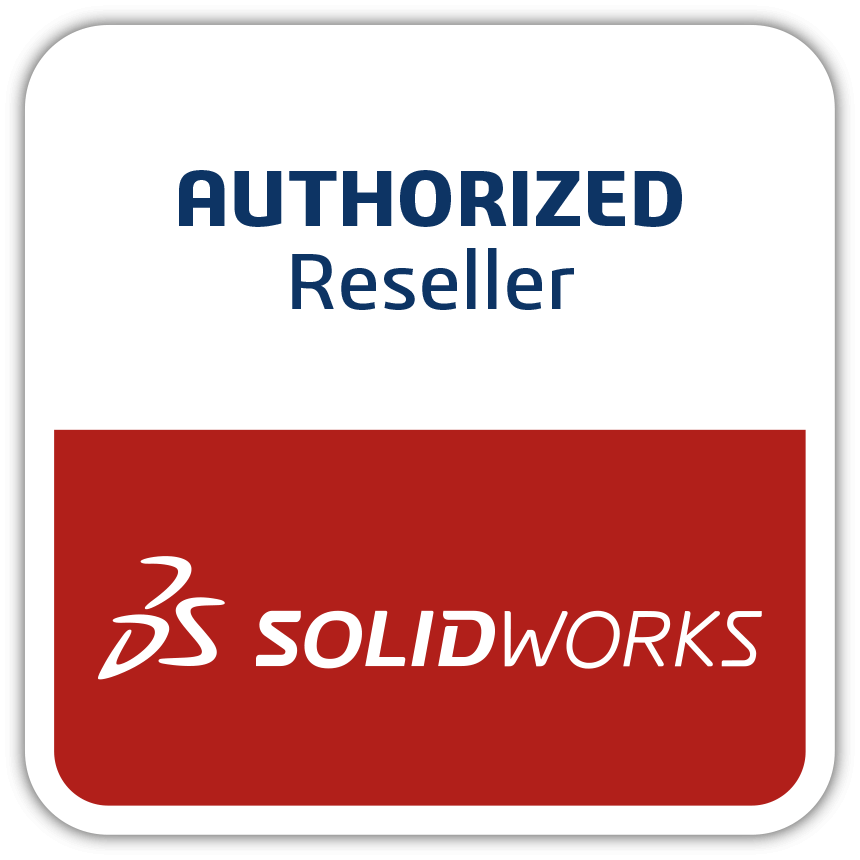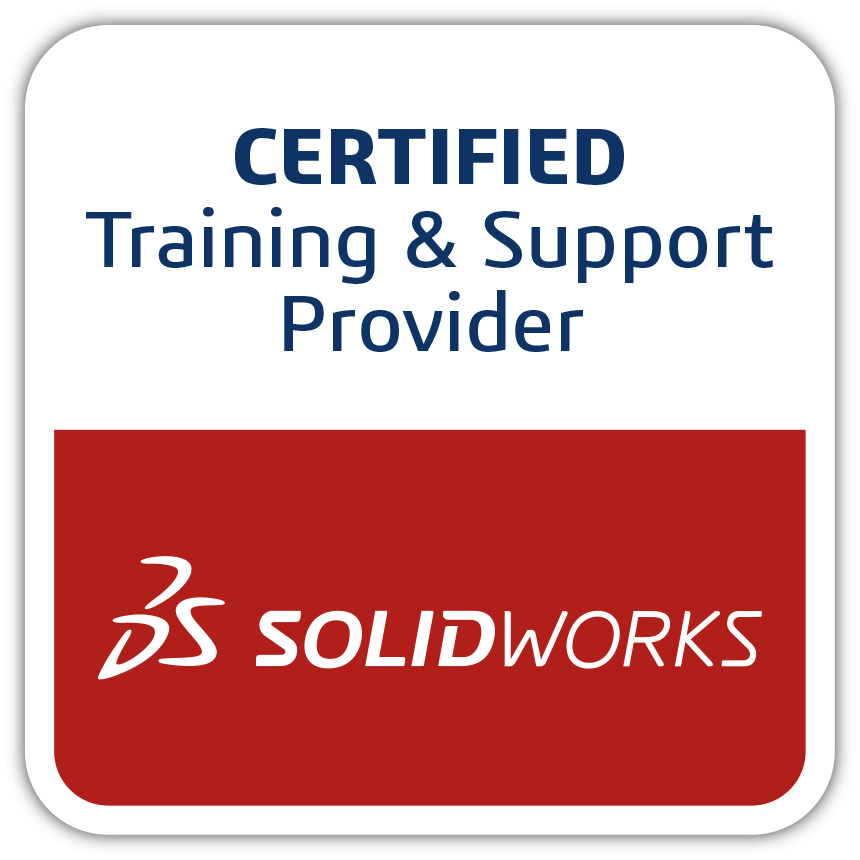The Future of Design and Manufacturing
Powerful computers and fast communication networks are more affordable than ever. Cloud-connected tools, such as those offered on the 3DEXPERIENCE® platform, enable superior collaboration and the ability to keep everyone on the same page—all in a single environment. We have talked lots about how designers benefit from an integrated environment. But What About Manufacturing? It is still fairly typical for most small- to mid-size manufacturers to rely on emails, faxes, and phone calls as the primary vehicles to communicate with customers. However, manufacturing can also work from this same common platform as designers do. One that is automatically in sync with product development, whether products are produced in-house or with outside suppliers. Make Communication More Efficient Design engineers and manufacturing have a history of poor or strained relationships. The lack of being on the same page can hurt productivity resulting in higher product costs. The 3DEXPERIENCE platform enables you to create project Communities where you can securely invite everyone to the product development project including customers and suppliers. Because you are working from the cloud, all information is shared in real-time—no more managing tons of project emails. Disputes with designers or managers or clients are quickly resolved by reviewing communication threads within the Community. Follow-up meetings can be quickly organized using 3DLean on the platform, which guides and captures discussions in a natural environment leveraging a simple digital whiteboard, marker, and sticky notes. 3DLean makes Lean principles a natural outcome of team engagement, so improvement becomes second nature instead of a forced or awkward part of the process. Get Involved Earlier in the Design The 3D CAD review capabilities on the platform enable your entire team to review the product design without any requisite CAD knowledge. From engineers to managers to manufacturing, all team members can participate in the design review process with full 3D digital renderings. Potential issues discovered earlier in the process are less costly to resolve. Real-time design for manufacturing (DFM) advice from the shop floor or suppliers avoids (potentially expensive) downstream issues. Making 3D reviews available to everyone is like sharing a common language; the entire team can participate in the design review process. Plus, all communication is captured on the platform, so traceability is built right into the process. It becomes so much easier to communicate concerns, identify issues, and propose resolutions when everyone can see and review the 3D CAD model themselves. This enables internal stakeholders without CAD tools and outside suppliers to participate and get involved sooner in the development cycle. Automatically in Synch By now, you can probably easily see that when the entire team—designers and manufacturers—work from the same platform, making informed decisions is faster because everyone has access to real-time data, regardless of access to CAD tools. With all the data in the same place, everyone is up to date with access to a single source of truth. And because you are accessing “live” data, there is no risk of being out of sync on model revisions or assembly configurations. With the ability of everyone to work from any location, traditional roadblocks to efficient deliveries and collaboration are eliminated. Manufacturers are no longer in the dark until the last minute. Relationships with designers and customers improve. Manufacturing by its very nature is a collaborative effort. The advantages of a system that can embrace all of the product development from concept through manufacturing should be obvious. Processes can be streamlined, productivity increased, delivery dates consistently met, and team communication maximized in a shared technology environment. The 3DEXPERIENCE World presentation called The Future of Design and Manufacturing helps give you a visual, real-world scenario to imagine what this type of computing environment might do for your company. If you have further questions, please contact Us




